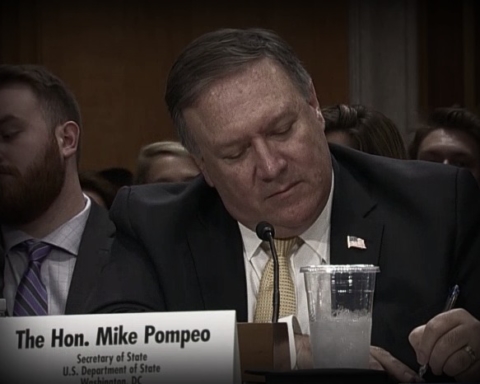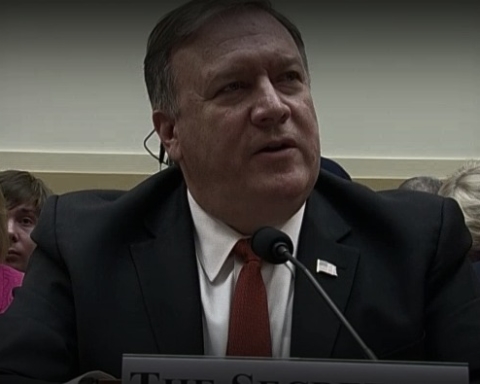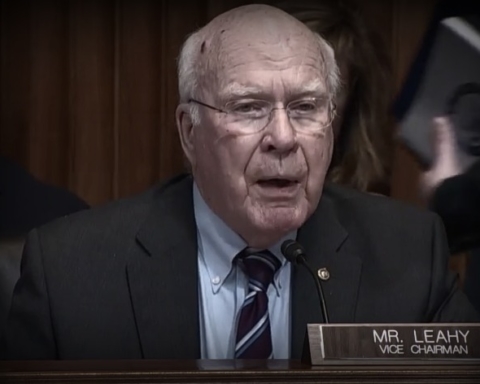The nation’s space projects are facing the longest delays ever recorded, according to an audit by a federal watchdog.
The Government Accountability Office (GAO) examined NASA’s major projects portfolio, and discovered that the average launch delay was 12 months.
“Cost and schedule performance….has deteriorated,” the GAO reported.
Delays are not expected to improve moving forward, the oversight agency also found, citing “cost and schedule growth in the future.”
“Complex new projects are starting up, and other expensive projects are taking longer to launch than expected,” the audit stated.
The overruns are primarily associated with 9 projects reviewed by GAO, including some of NASA’s most costly endeavors like a new Space Launch System (SLS) and a Commercial Crew Program.
The latter, which constitutes about 4.4 percent of NASA’s budget, is heavily dependent on work contracted out to Boeing and SpaceX. The two companies received nearly $7 billion to produce new manned crew transportation systems to the Intentional Space Station.
According to the contract, Boeing and Spacex were supposed to have shuttles certified ready for launch by 2017–but that date has been pushed back to 2019.
Since the retirement of the US Space Shuttle in 2011, American astronauts have been forced to hitch rides on Russian rockets.
One of the top risks to the Commercial Crew Program, according to GAO, is ensuring that SpaceX and Boeing can meet NASA’s “loss of crew” requirement. The standard ensures that the space system must holds an, at worst, 1-in-270 probability of death or injury of crewmembers.
In other delayed initiatives in the major projects portfolio, GAO pinned some blame on NASA’s management, which pursued “aggressive schedules…with insufficient levels of cost and schedule reserves.”
The Exploration Ground Systems program, which aims to modernize Kennedy Space Center and upgrade its launch pad, has delayed its launch date from November of this year to December 2019, and possibly into 2020. It represents 7.5-percent of NASA’s budget.
Also pushing delays is a deep space telescope that will be deployed to study the origins of the universe. The James Webb Space Telescope, which makes up 7.8-percent, of the space administration’s budget, has been delayed 19 months. It is now expected to be launch-ready in May 2020.
One of the brighter spots in the portfolio happens to be NASA’s most substantial project, the Orion Multi-Purpose Crew Vehicle, which accounts for nearly 30-percent of the agency’s budget. The system could one day send astronauts to Mars. It remains on schedule for a launch-ready date of April 2023. The program, however, is expected to exceed cost baselines.
NASA’s new administrator Jim Bridenstine was sworn in last month after a testy confirmation fight. Bridenstine brings an unusual amount of partisanship to the agency, having previously served as a surrogate for Sen. Ted Cruz (R-Texas). He has also made statements in the past expressing skepticism toward climate change.








